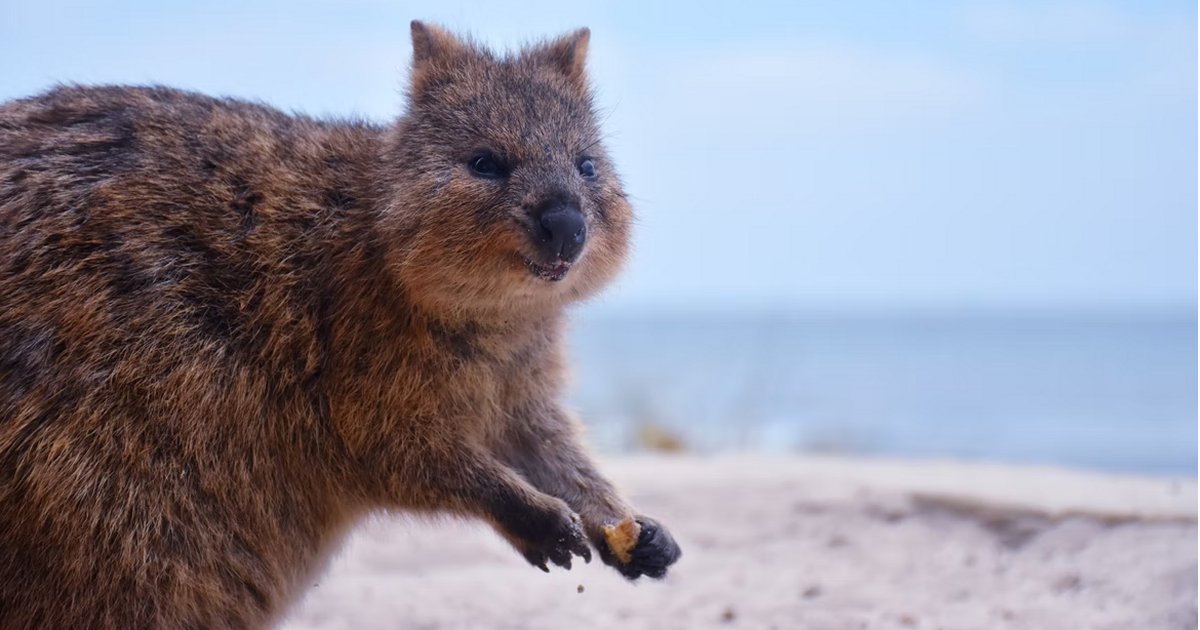
Rottnest Island, home of the world-famous quokka, will soon host more wind and solar power – and utility-scale battery storage is to be added.
Rottnest Island is situated just 33 kilometres from the CBD of Western Australia’s capital city, Perth. At just 19km2, it’s a pretty small island. But has a big reputation for its quokkas – small wallaby-like marsupials that have captured the hearts and Instagram accounts of many given the quokka’s friendly and very photogenic nature. An estimated 10, 000 quokkas inhabit the Island, which also hosts other wildlife including more than 150 bird species.
Rottnest is a “Class A” nature reserve, meaning it has the greatest degree of protection for reserves of Crown land created under the Land Administration Act 1997. The Rottnest Island Authority is the statutory body controlling and managing the Island.
The destination has been described as WA’s “tourism crown jewel”, welcoming a record 785,000 visitors in 2018-19. While the pandemic knocked down numbers, visits are rebounding – and there’s also potential for added local and international travellers increasingly looking for eco-friendly holiday destinations.
Rottnest Island’s Renewable Energy Journey To Date
Electricity supply for the Island was originally solely in the form of expensive and polluting diesel generators. A couple of wind turbines were then installed on Forbes Hill (I’m not clear on when), but these experienced a number of problems and were removed in the early 1990’s. The Island was then back to relying totally on fossil fuels.
A new 600kW wind turbine was installed on Mt Herschel in 2004, which has been quietly generating clean energy since. It even had its own (unofficial) Twitter account at one point, inspired by then-PM Tony Abbott’s anti-wind power comments.
The wind turbine was followed by construction of a 600kW solar farm near the airport in 2017 consisting of 8,000 solar panels. Associated hybrid control systems and technologies to better manage demand were also implemented, and surplus electricity generated by the existing wind and solar systems is used to power the Island’s water desalination plant.
As things stand, around 45% of the Island’s electricity supply comes from renewables, and up to 95% when conditions allow.
Taking Rottnest To 75% Renewables
On Friday, the McGowan Government announced a $62 million upgrade to energy and water infrastructure on Rottnest Island.
On the energy side of things, the solar farm will have its capacity doubled and the existing wind turbine will be replaced with two smaller turbines. A utility scale battery storage facility (capacity not mentioned) will be added, along with upgrades to the power distribution network.
The network upgrades will also assist in phasing out LPG appliances and enable the consideration of switching the Island’s vehicles to EVs.
“Powering Rottnest Island with 75 per cent renewable energy will be a major achievement and I’m pleased we have the financial capacity to provide this investment now,” said Premier McGowan. “The major reduction in emissions is a huge boost to efficiently running the island and in turn, benefits local businesses, operators and visitors.”
According to the WA Government, an estimated 4,000 tonnes of carbon emissions will be abated each year through Rottnest’s green energy boost.

 RSS - Posts
RSS - Posts



Speak Your Mind